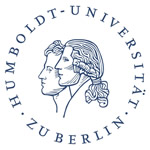Multiphoton quantum-state engineering using conditional measurements
Summary (expand/hide)
The quantum theory of electromagnetic radiation predicts characteristic statistical fluctuations for light sources as diverse as sunlight, laser radiation, and molecule fluorescence. Indeed, these underlying statistical fluctuations of light are associated with the fundamental physical processes behind their generation. In this contribution, we experimentally demonstrate that the manipulation of the quantum electromagnetic fluctuations of two-mode squeezed vacuum states leads to a family of quantum-correlated multiphoton states with tunable mean photon numbers and degree of correlation. Our technique relies on the use of conditional measurements to engineer the excitation mode of the field through the simultaneous subtraction of photons from two-mode squeezed vacuum states. The experimental generation of nonclassical multiphoton states by means of photon subtraction unveils novel mechanisms to control fundamental properties of light. As a remarkable example, we demonstrate the engineering of a quantum state of light with up to ten photons, exhibiting nearly Poissonian photon statistics, that constitutes an important step towards the generation of entangled lasers. Our technique enables a robust protocol to prepare quantum states with multiple photons in high-dimensional spaces and, as such, it constitutes a novel platform for exploring quantum phenomena in mesoscopic systems.
Default Region Image



